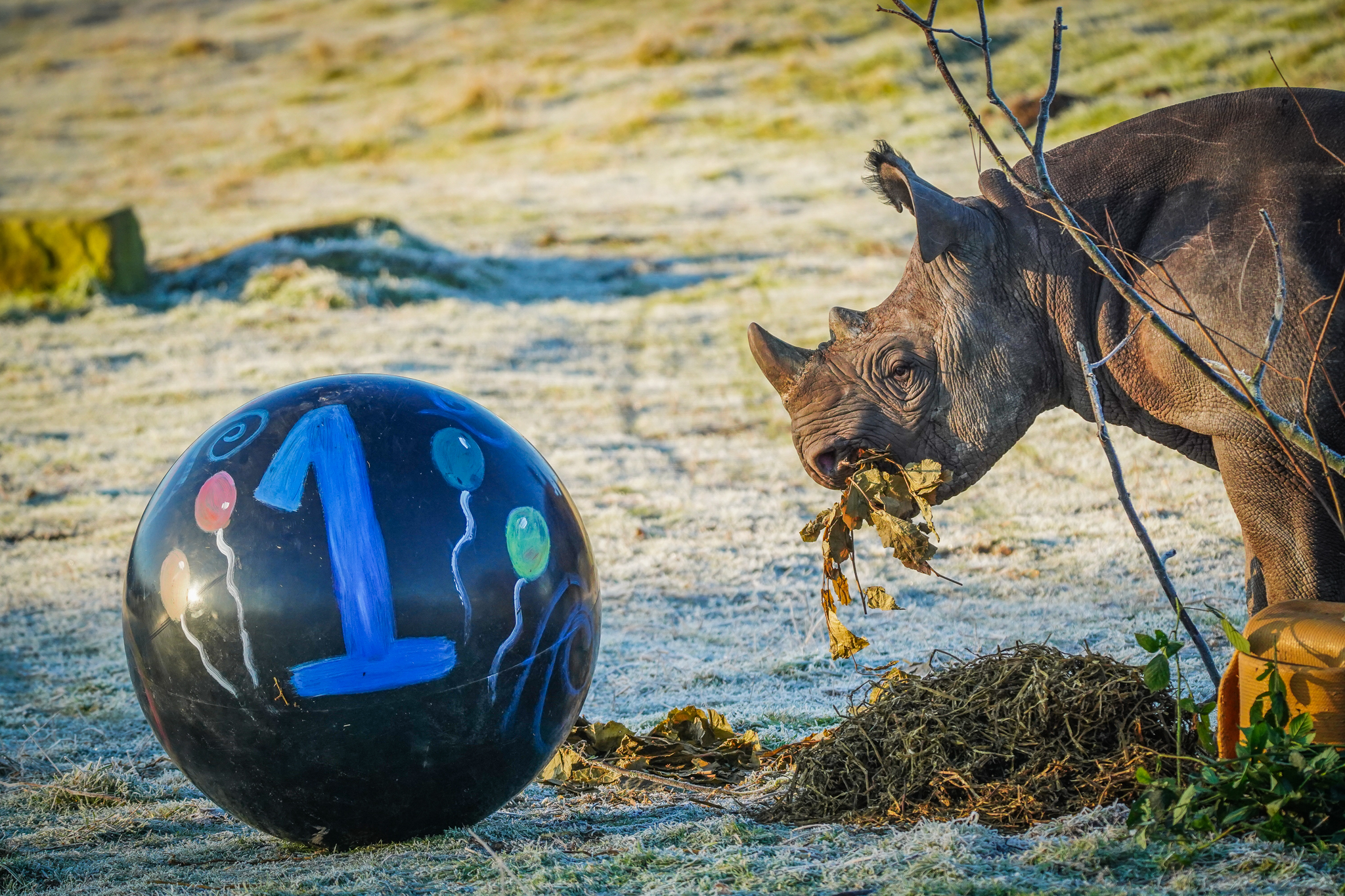Global Tiger Day returns 29th July, celebrating the king of cats and raising awareness about the magnificent, but endangered species. Founded in 2010, when 13 tiger range countries came together to create Tx2 – the global goal was to double the number of wild tigers by the year 2022.
In 2021, its time again to get the face paint out and celebrate all things tiger once more. This Global Tiger Day let’s celebrate all things tigers and its crucial place in Asian landscapes and biodiversity.
Wild tigers can be a HUGE indicator species on the state of habitats, but did you know, evidence has shown that given the correct environment tiger populations can increase? With the right habitat wild tigers can thrive and with the right protection wild tiger populations can recover!

And that’s not all! This big cat is a critical part of ecosystems and cultures. If we protect wild tigers, we can also help to protect the balanced ecosystems across its range. With the use of science, local community support and investment into protecting tigers, conservation actions are having a positive impact on the species.
The largest of all big cats, tigers primarily rely on sight and sound rather than smell for hunting. We wouldn’t recommend sharing a meal as tigers can consume more than 50 kilograms of meat. That’s 20 times more than the daily recommendation for humans! Male tigers are even larger than females and can weigh up to 660 pounds.

Unlike other big cats like lions, tigers are mostly solitary animals apart from associations between mother and offspring. On average, tiger mums give birth to two to four cubs every two years and cubs will generally gain independence at around two years of age. Sadly, tigers are now endangered, because of unrelenting pressures from poaching, retaliatory killings, habitat loss and being forced to compete for space with growing human populations.
WildLife Foundation have previously funded projects focusing on the conservation of Amur Tigers. In 2015, WildLife Foundation granted £18k to our partner WildCats Conservation Alliance to fund a rescue and rehabilitation centre at Alekseevka in Russia, to help injured or struggling tiger cubs get back to strength before being released back into the wild.
We’re doing our bit to help our favourite stripy big cat thrive, but you can help too!
If you would like to donate to WildLife Foundation please click the button below. You donation will help us help continue to fund projects like those ensuring Amur Tiger conservation and research.











